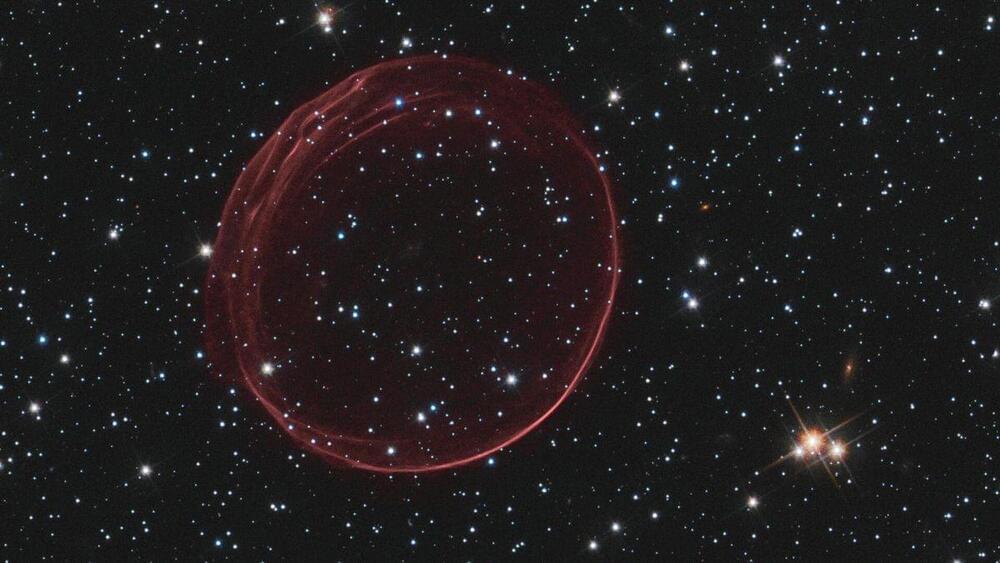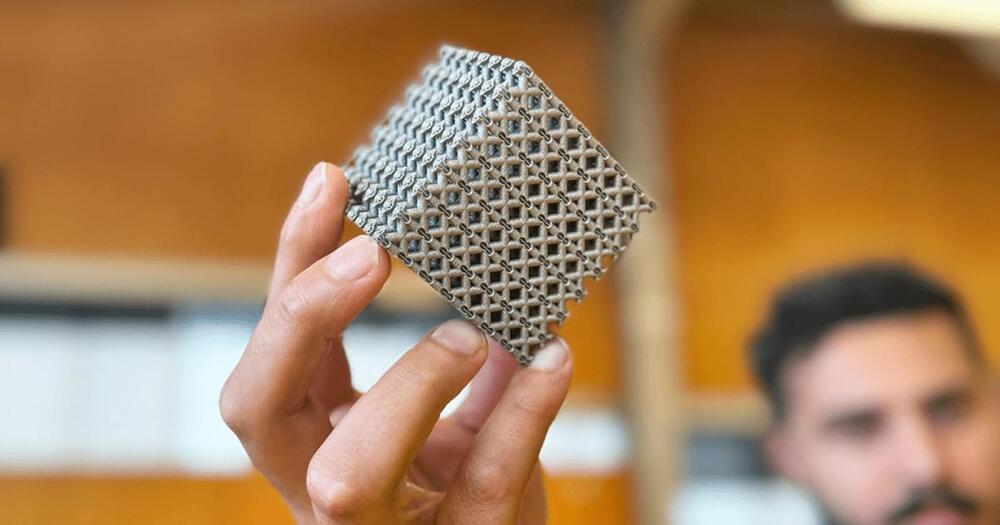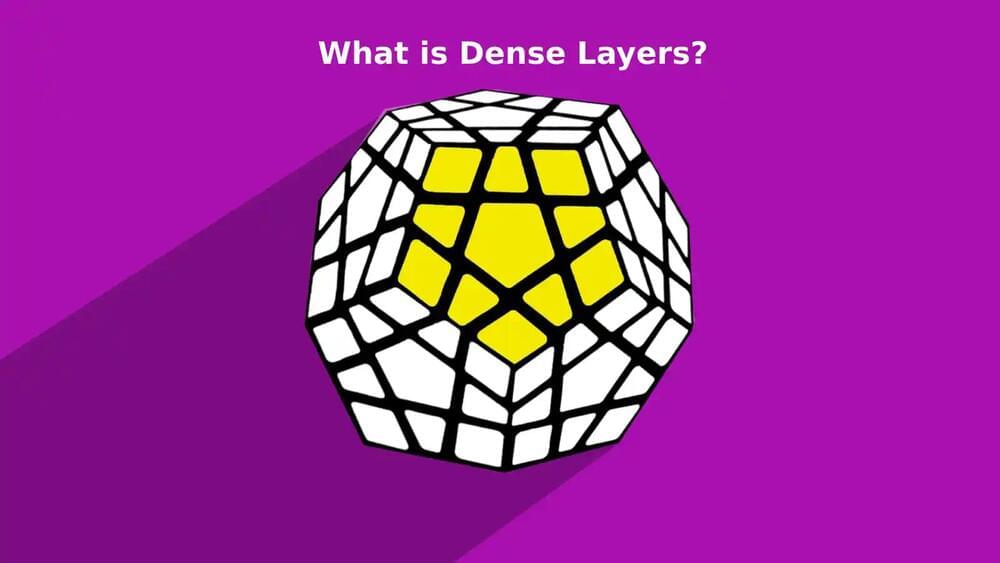Extremely short pulses of laser light with a peak power of 6 terawatts (6 trillion watts)—roughly equivalent to the power produced by 6,000 nuclear power plants—have been realized by two RIKEN physicists. This achievement will help further develop attosecond lasers, for which three researchers were awarded the Nobel Prize in Physics in 2023. The work is published in the journal Nature Photonics.








